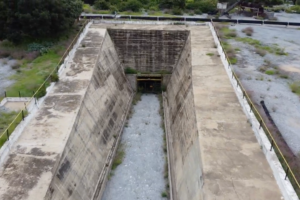
The role of demolition in dam rehabilitation
![]()
Dam walls may deteriorate over time or sustain damage from natural disasters such as floods or earthquakes, posing a safety risk to nearby communities and the environment. To prevent catastrophic failure, partial demolition may be called for.
In other instances, reducing the height or capacity of a dam wall could be necessary to restore a river or waterway to its natural state or accommodate changing land-use patterns. Older dams may have outlived their original purpose or been rendered obsolete by advancing technology. Here it could be more cost-effective to demolish a dam wall than to maintain it.
Refined blasting techniques have been developed specifically to retain the structural stability of dams themselves, with no wasted effort. Such projects call for highly controlled, cautious, partial demolition techniques. “Our work on large water-retaining dams consists some of the most important projects we have undertaken to date,” comments Jet Demolition Contracts and Project Manager Kate Bester.
Rehabilitation of dam walls usually requires demolition of redundant portions of monolithic blocks and associated concrete structures. Dynamic energy imparted by the demolition process has the potential to cause damage to concrete located just across the demolition boundaries and beyond. While it is essential to avoid damage to remaining concrete, it is also important to carry out the demolition works in a productive and cost-effective manner.
Informed and judicious selection of demolition methods and their application techniques are vital to a controlled and productive project, which is where Jet Demolition’s extensive experience stands it in good stead. Dam demolition calls for meticulous planning and execution to minimise the environmental impact, especially releasing debris and sediment downstream.
Demolition techniques range from controlled explosives to cutting or breaking the dam wall into sections so the material can be removed. Following demolition, the site can be restored to its natural state or repurposed for recreational use or hydroelectric power generation.








